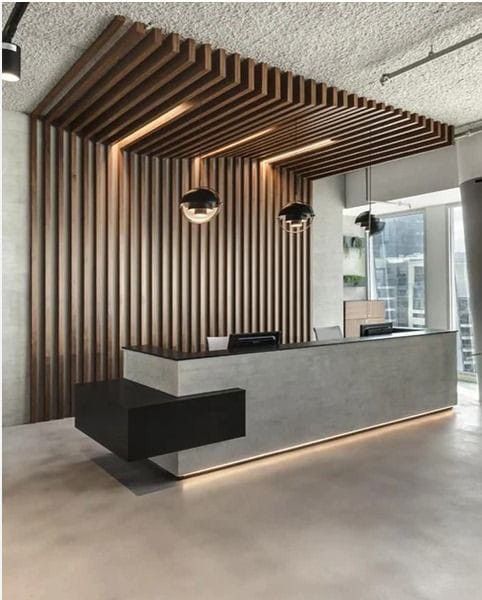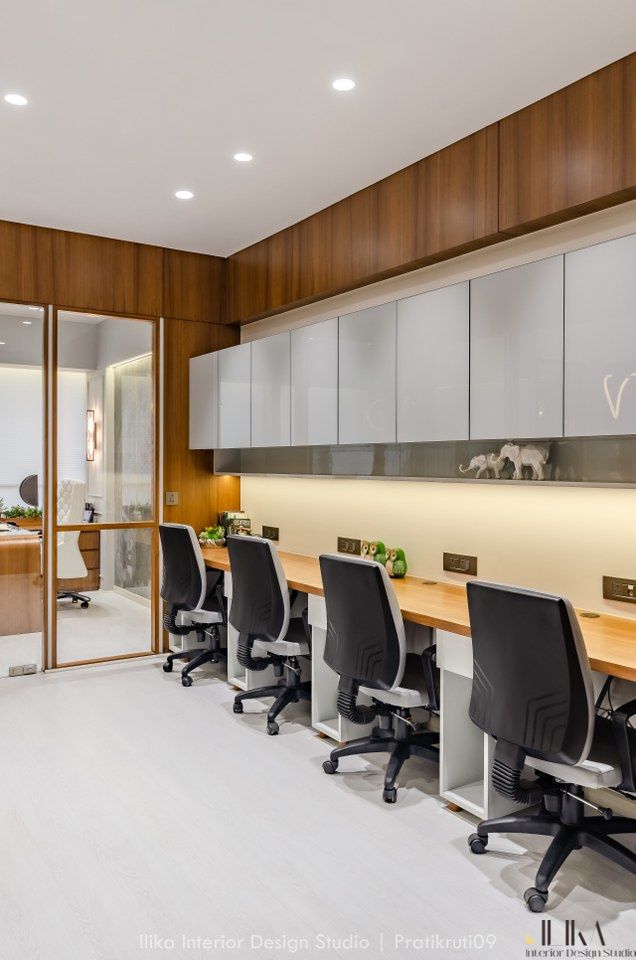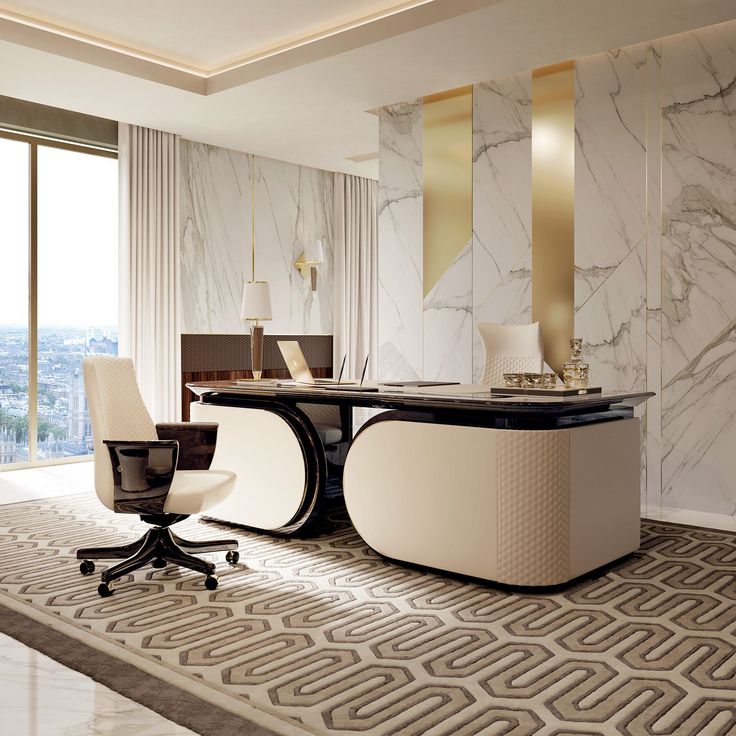Our Office Decoration
The furniture you choose should be functional, comfortable, and suited to the needs of your team. High-quality furniture can improve ergonomics, increase productivity, and create a more polished, professional environment. Desks: Adjustable height desks (sit/stand desks) are becoming increasingly popular as they promote better posture and flexibility. Choose desks with built-in storage for a neat, organized workspace. Ergonomic Chairs: Comfort is key when choosing office chairs, especially for employees who spend long hours at their desks. Opt for chairs with good lumbar support, adjustable armrests, and ergonomic features to encourage proper posture. Collaborative Workspaces: Include large conference tables, lounge seating, and modular furniture for meetings and brainstorming sessions. Soft seating options like sofas or armchairs can encourage collaboration and informal meetings. Storage Solutions: Adequate storage is essential for keeping the office organized. Use filing cabinets, shelves, and storage units to minimize clutter and keep the workspace tidy.
 Know More
Know More
The color scheme of an office has a significant impact on the mood and energy of the space. It can influence concentration, creativity, and the overall atmosphere of the workplace. Neutral Tones: Shades of gray, beige, or white are classic choices that create a calm, professional environment. Neutral colors are versatile and work well with any furniture style or accent color. Bold Accents: Add pops of color with accent walls, artwork, or furniture pieces in bold shades like blue, green, orange, or yellow. Colors like blue can promote productivity and focus, while green is associated with creativity and balance. Natural Elements: Incorporating earthy tones like wood, stone, and plants can add warmth and texture to the office, making it feel more inviting and less sterile. Brand Colors: If your company has a strong brand identity, consider incorporating your brand colors into the office design. This not only reinforces your brand but also creates a cohesive look across all marketing materials and office decor.
 Know More
Know More
Proper lighting is essential for creating a comfortable and productive workspace. The right combination of natural and artificial light can enhance mood, reduce eye strain, and improve focus. Natural Light: Maximize natural light by positioning desks near windows and using light, sheer window coverings that allow sunlight to filter in. Exposure to natural light has been shown to improve mood, energy levels, and overall productivity. Task Lighting: In areas where focused work takes place, such as individual desks or workstations, use task lighting. Desk lamps with adjustable arms can provide targeted light without straining the eyes. Ambient Lighting: For overall illumination, use ceiling lights or recessed lighting that provides even, soft light across the office. Dimmer switches allow you to adjust the lighting based on time of day or mood. Accent Lighting: Highlight certain areas or design features with accent lighting. LED strips along walls, under shelves, or around artwork can create a visually appealing atmosphere.
 Know More
Know More
Adding artwork and decorative elements to your office can bring personality, creativity, and a sense of inspiration to the space. Wall decor also contributes to the office’s ambiance and can reinforce your company’s values. Motivational Quotes: Consider framed quotes or graphics that inspire employees and reflect the company culture. Choose fonts and styles that align with the office’s overall design. Abstract Art: Modern abstract art can add color, texture, and visual interest to the walls. It can help create a more vibrant, creative atmosphere. Gallery Wall: Curate a gallery wall with a collection of artwork, photographs, or prints that reflect your company’s ethos or vision. Wall Murals: Large-scale murals or custom artwork can make a bold statement and enhance the uniqueness of the office space.
 Know More
Know More





